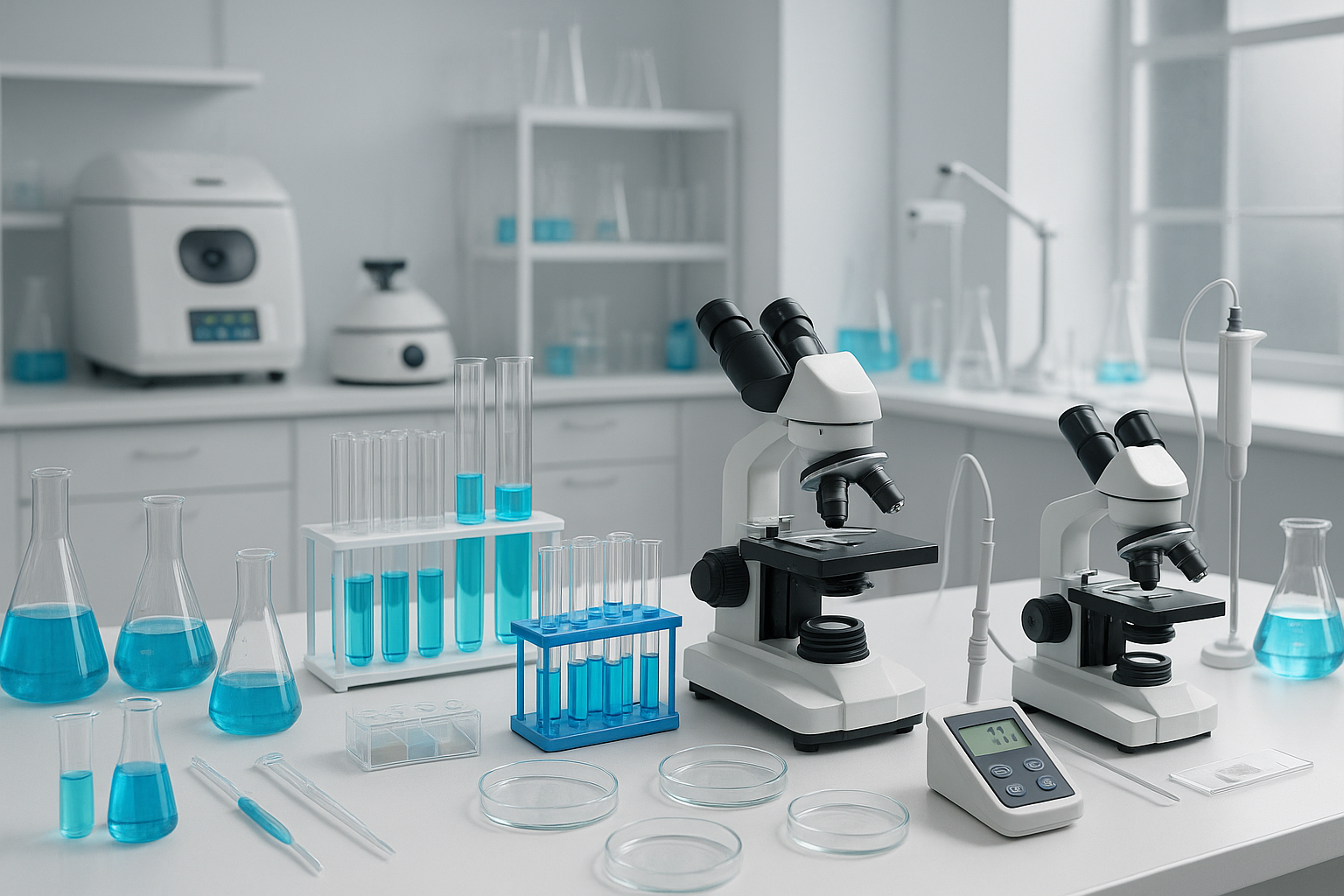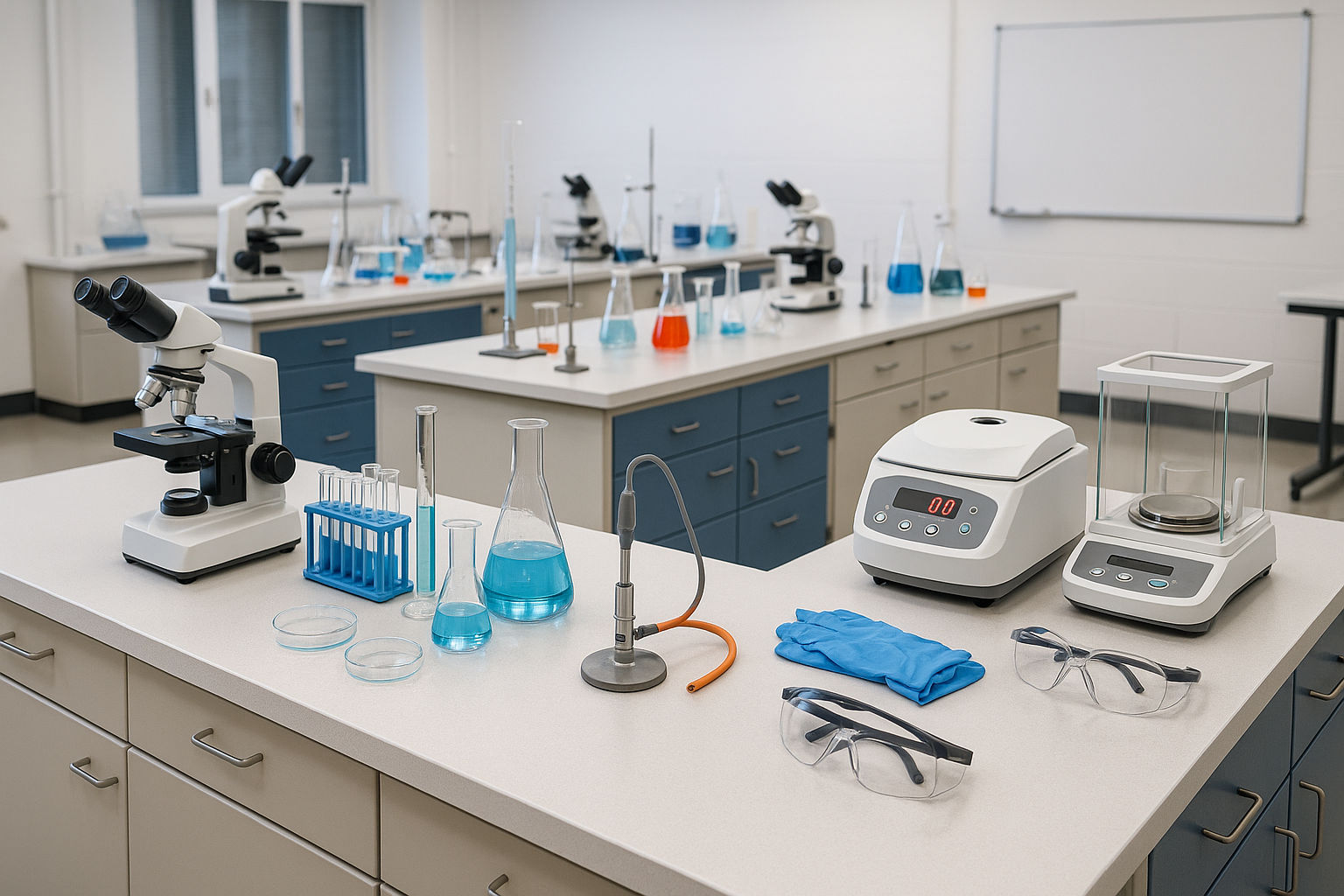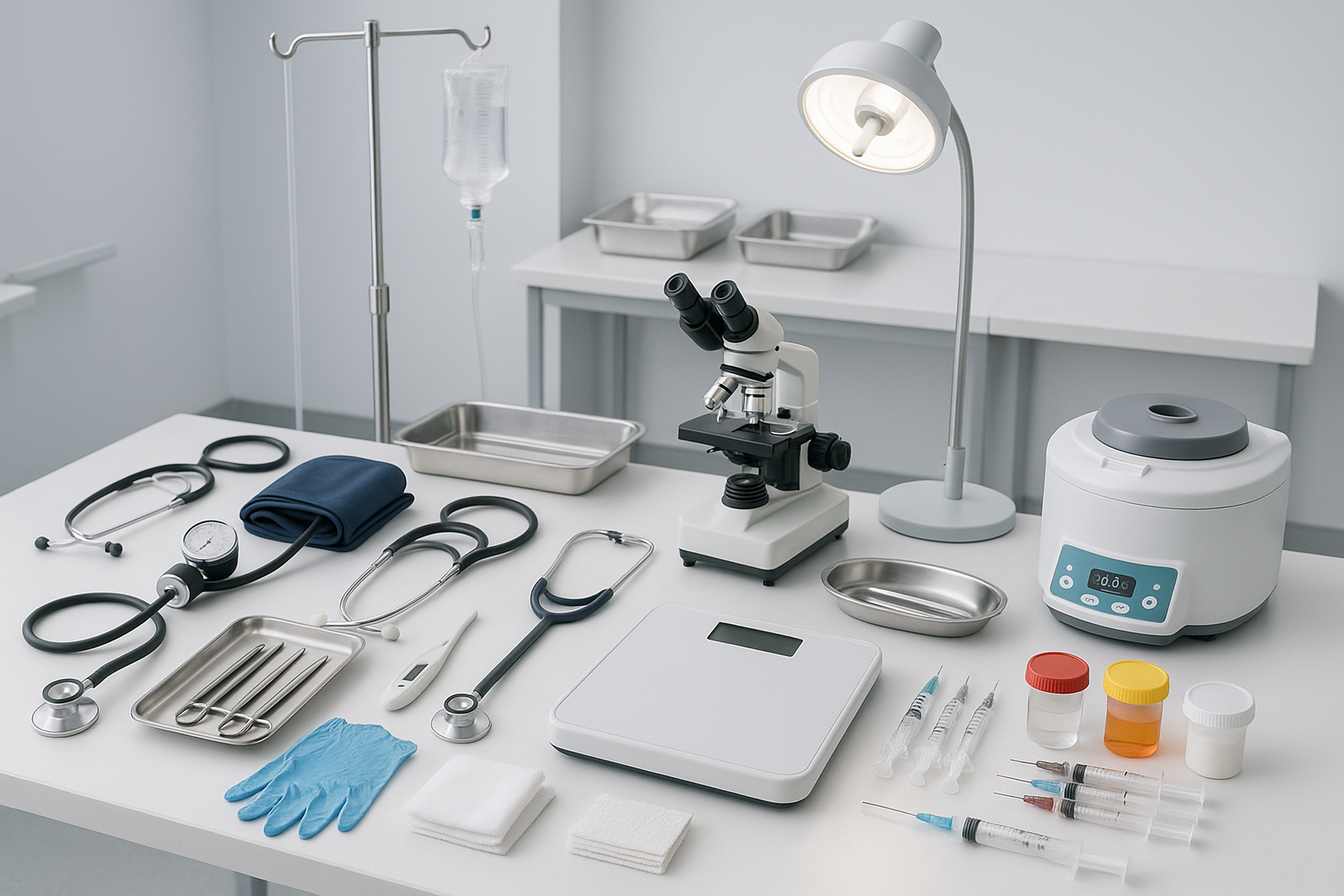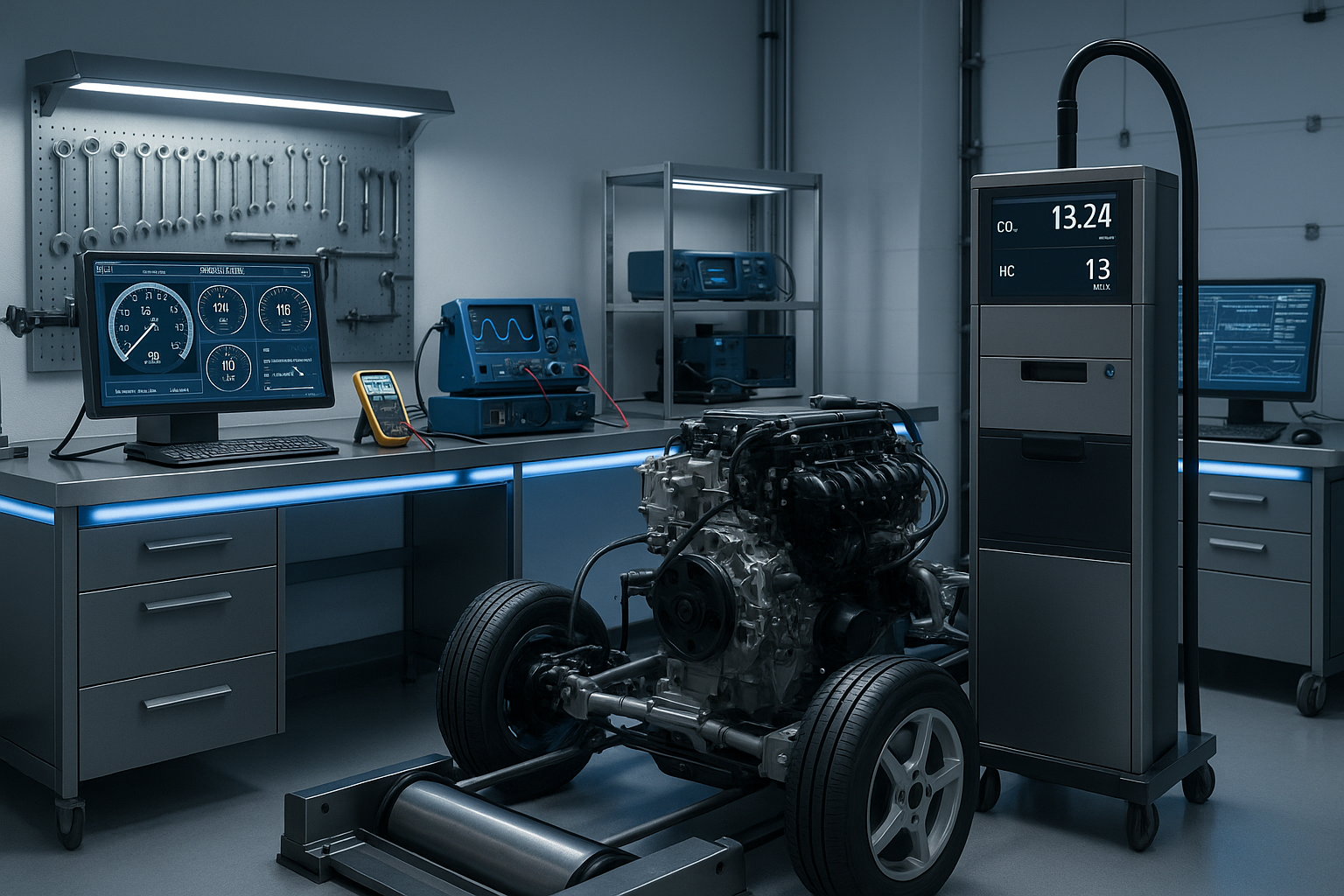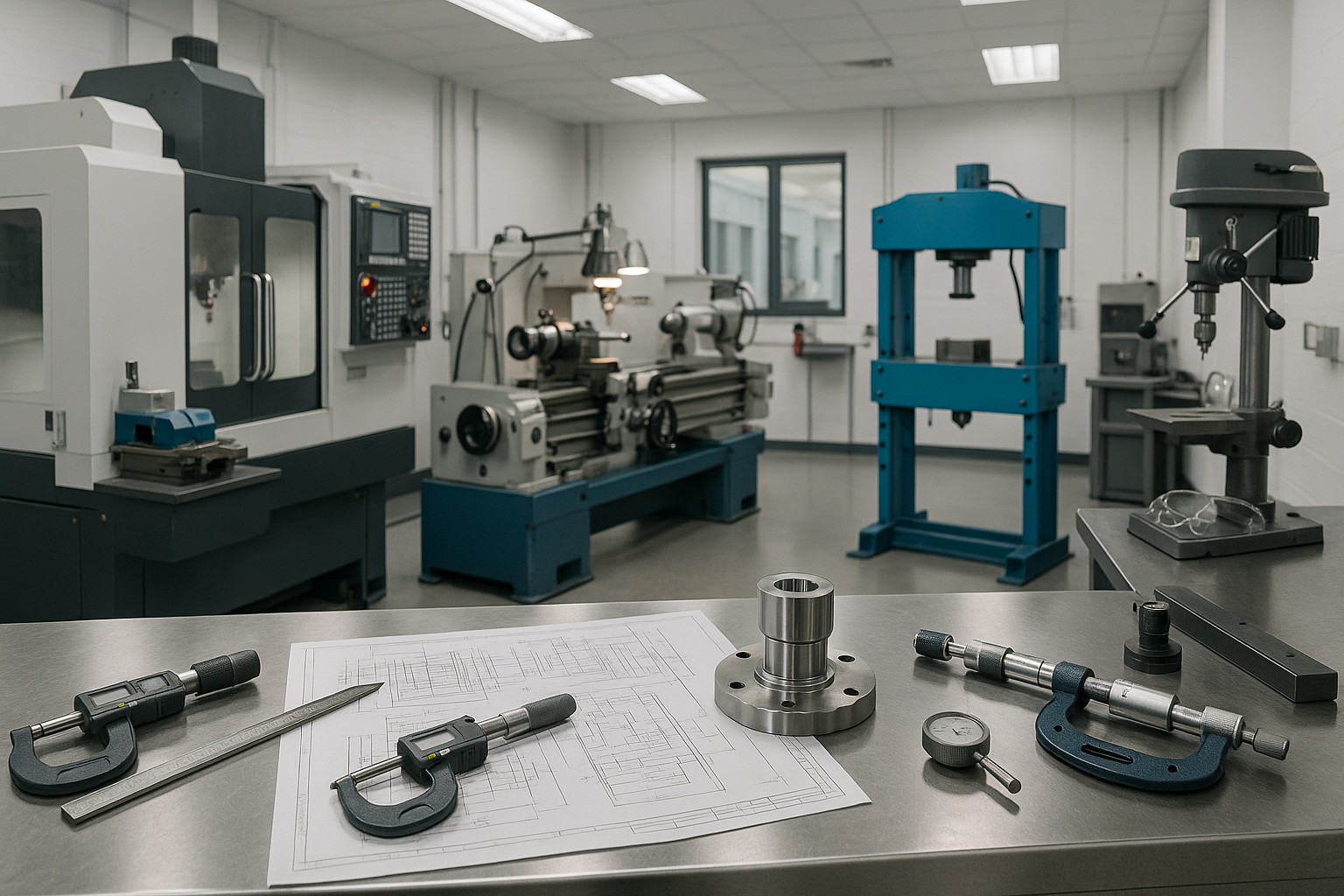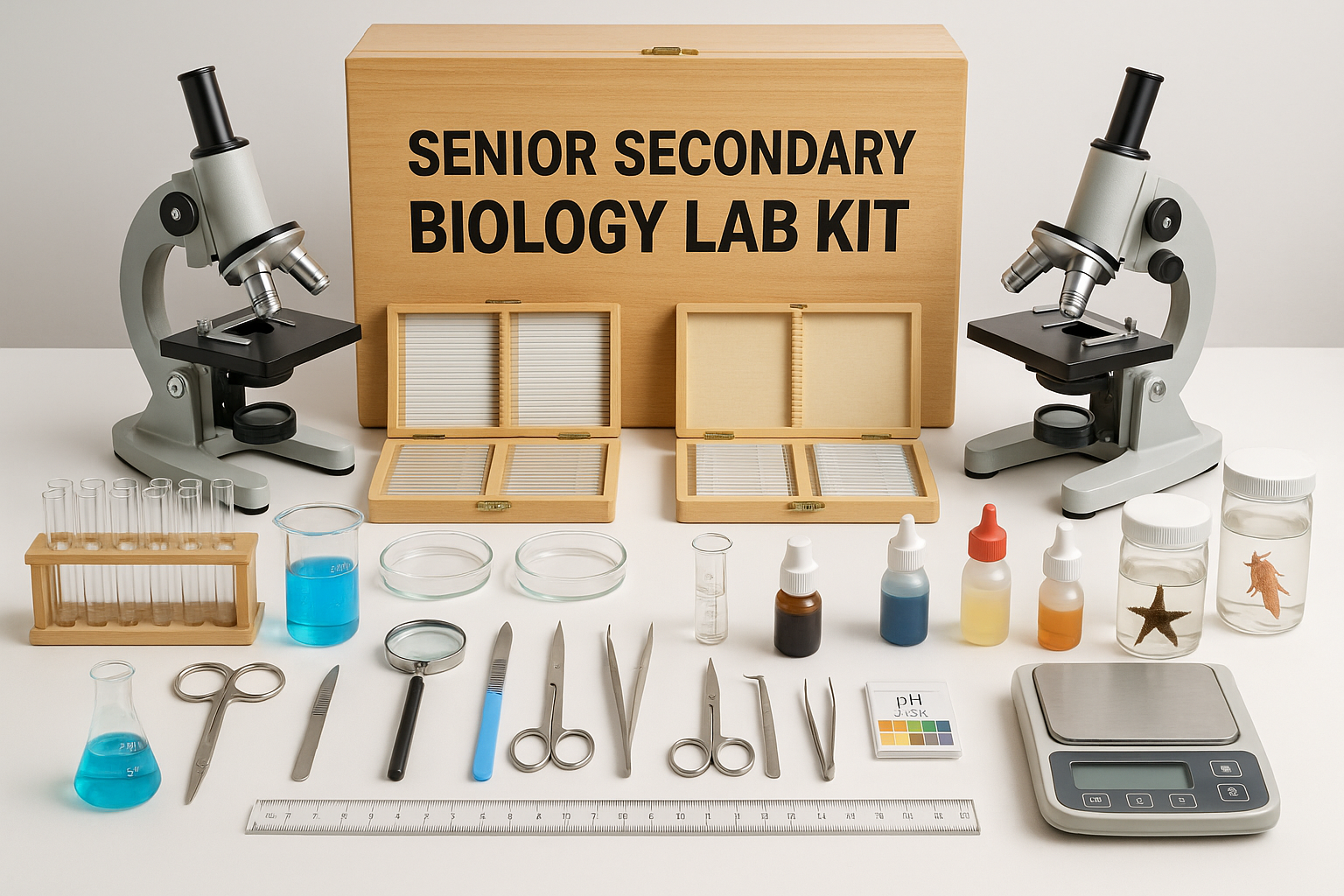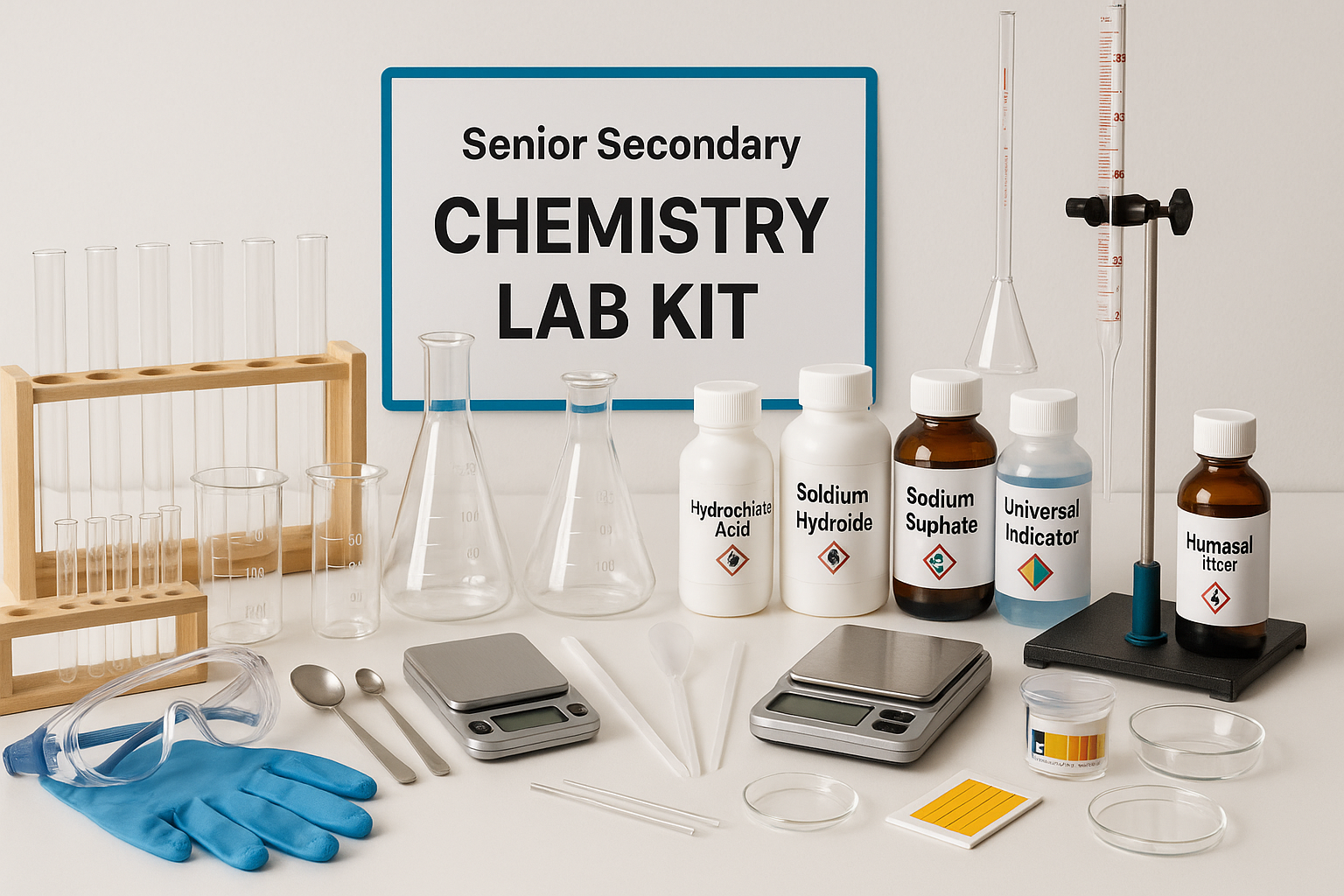Heat Transfer Lab Equipment: Essential Tools for Effective Experimentation
Heat transfer lab equipment is crucial for conducting precise experiments and gaining insights into thermal properties. Understanding heat transfer mechanisms is vital for engineers and scientists, as it plays a significant role in various applications ranging from HVAC systems to the design of heat exchangers.
Heat Transfer Laboratory Equipment refers to a set of tools and apparatus used in educational and research settings to study the principles and processes of heat transfer. These equipment are designed to facilitate the measurement and analysis of heat transfer phenomena, including conduction, convection, and radiation.
Common heat transfer laboratory equipment includes:
-
Heat Conduction Apparatus: This equipment allows the study of heat conduction through different materials. It typically consists of a heat source, a temperature sensor, and a sample holder to measure the thermal conductivity of various materials.
-
Heat Exchangers: Heat exchangers are devices used to transfer heat between two fluids at different temperatures. They come in various configurations, such as shell-and-tube, plate, and finned-tube heat exchangers. These equipment are used to investigate heat transfer rates, effectiveness, and overall efficiency of heat exchanger systems.
-
Thermal Conductivity Measurement Setup: This setup is employed to measure the thermal conductivity of solids and fluids. It usually consists of a heat source, temperature sensors, and a sample holder. By applying a known heat flux and measuring the temperature gradient, the thermal conductivity of the material can be determined.
-
Fluid Flow and Heat Transfer Measurement Devices: These devices, including flow meters, pressure sensors, and temperature sensors, are used to measure and analyze fluid flow rates, pressure drops, and temperature distributions in heat transfer systems. They enable the study of convective heat transfer phenomena in both forced and natural convection.
-
Radiation Heat Transfer Equipment: Radiation heat transfer apparatus are used to investigate the principles of thermal radiation. They typically include blackbody radiation sources, radiation shields, and detectors such as pyrometers or thermal cameras. These tools enable the study of radiation heat transfer mechanisms and the measurement of radiative properties of materials.
-
Computer-Based Data Acquisition and Analysis Systems: Modern heat transfer laboratories often employ computer-based systems to collect, record, and analyze experimental data. These systems include data loggers, thermocouples, pressure transducers, and software for real-time data visualization and analysis.
Overall, heat transfer laboratory equipment plays a vital role in providing hands-on experience and experimental verification of heat transfer theories, allowing researchers and students to gain a deeper understanding of heat transfer phenomena and their applications in various engineering fields.
LABORATORYDEAL India maintains a good quality assurance of all its products and provides lab equipment at affordable and eco-friendly rates. The company provides lab equipment throughout and outside the country and has a network of dealers and distributors in various states, including Andhra Pradesh, Arunachal Pradesh, Assam, Bihar, Chhattisgarh, Goa, Gujarat, Haryana, Himachal Pradesh, Jharkhand, Karnataka, Kerala, Madhya Pradesh, Maharashtra, Manipur, Meghalaya, Mizoram, Nagaland, Odisha, Punjab, Rajasthan, Sikkim, Tamil Nadu, Telangana, Tripura, Uttar Pradesh, Uttarakhand, and West Bengal
In a typical heat transfer laboratory, several essential tools are utilized to facilitate experiments. These tools include calorimeters, thermocouples, heat exchangers, and thermal imaging cameras. Each piece of equipment serves a unique purpose and contributes to a comprehensive understanding of heat transfer principles.
Calorimeters, for instance, are used to measure the heat of chemical reactions or physical changes, helping researchers quantify the energy changes occurring during these processes. They come in various forms, including bomb calorimeters for combustion reactions and differential scanning calorimeters for analyzing material properties.
Thermocouples, on the other hand, are temperature sensors that provide reliable temperature measurements in a range of environments. They are composed of two different metals joined at one end, generating a voltage that correlates with the temperature difference between the joined end and the other ends. These devices are indispensable for monitoring temperatures during experiments involving heat flow.
Heat exchangers, essential components in thermal management systems, play a vital role in transferring heat between two or more fluids. Various designs of heat exchangers, such as shell-and-tube, plate, and finned-tube types, are used depending on the specific application and efficiency requirements. Understanding how these devices operate and their efficiency ratings is fundamental for optimizing industrial processes.
Thermal imaging cameras have revolutionized the way temperature distributions are measured in heat transfer studies. They provide a non-intrusive method to visualize thermal patterns and identify hotspots, which is critical for evaluating the effectiveness of insulation materials and overall system performance.
Additionally, data acquisition systems are often employed alongside heat transfer lab equipment to gather and analyze the experimental data effectively. These systems automate the data collection process, allowing researchers to focus on data interpretation rather than manual measurements.
The role of heat transfer lab equipment extends beyond experimentation; it also encompasses educational purposes. Teaching students about heat transfer principles through practical experiments fosters a deeper understanding of theoretical concepts and enhances their problem-solving capabilities.
In conclusion, heat transfer lab equipment consists of a variety of essential tools that collectively enhance the experimentation process. By utilizing every available resource effectively, researchers can delve deeper into the intricacies of heat transfer, leading to innovations and improvements in the field of thermodynamics.


